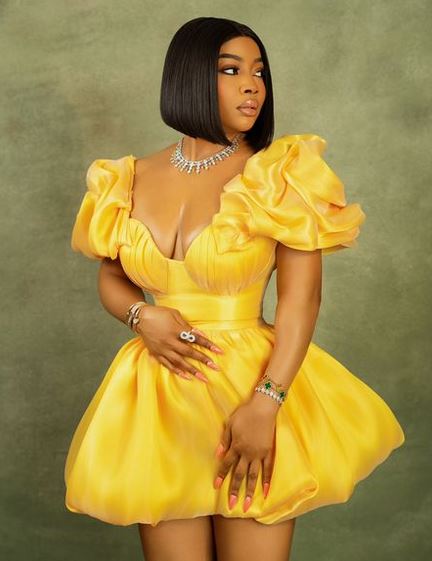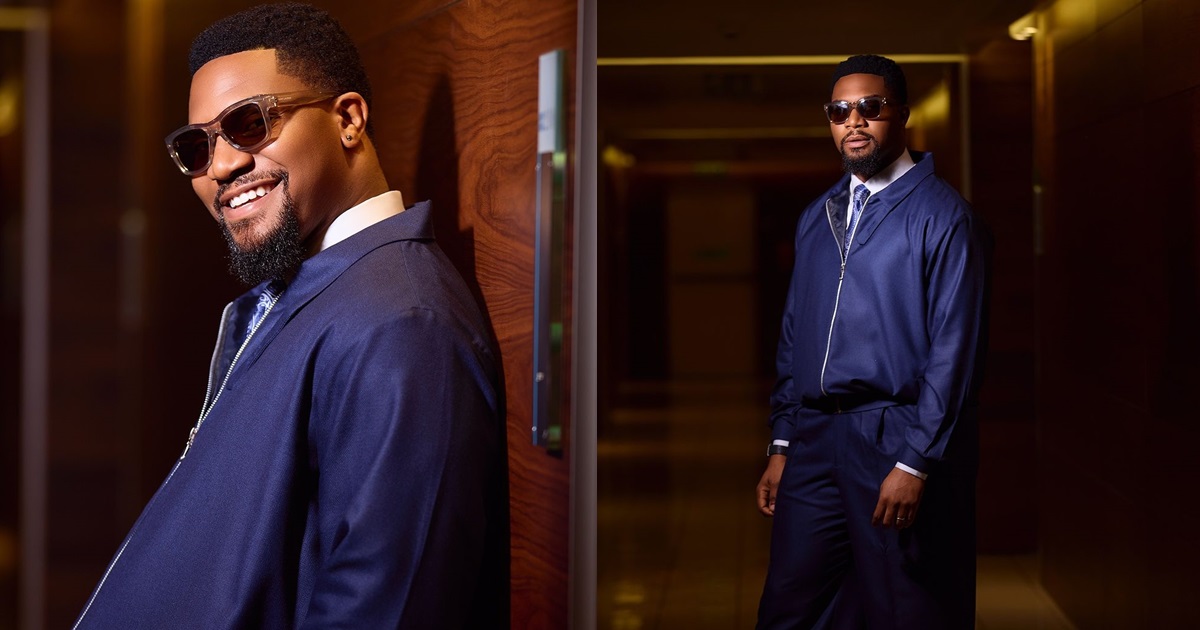Place your adverts here on InfoDig @ low rates; banner ads, sponsored links and guest articles etc. Contact us
Fashion, urban sports, and music have gone hand-in-hand in bringing new evolutions to the way we see and perceive what we wear. Each decade brings a new trend or style that is adopted by the streets in the name of fashion, and now it’s seen in every event like the CORE festival. Urban sports have not only influenced street style through its rapid adoption, but music has also played a big part in weaving all these parts together. It’s all brought together through culture and the various subcultures that create an authentic fashion movement.
In this blog, we’ll look into how street style has evolved through urban sports and music and their influence on each other.
This unique activity became much more popular in California in the ’60s and ’70s which created a whole new culture, and since then it has been a huge influence on the development of streetwear and its trends.
The team Ignition has recently published an interesting conversation with a skateboarder, Dashawn Jordan, who is not only professionally invested in sports but also has an obsession with music. Moreover, his Spotify account, as we learn from the interview, has more than 17,000 followers, which indicates how urban sports and music are deeply interconnected, and this connection creates a new style in fashion that is deep-rooted in comfort, durability, and creativity.
Now initially, the skateboarding trend mainly focused on Vans and Converse by offering high-grip, sturdy sneakers that can obviously survive the daily wear and tear of skateboarding. The loose, casual style was at first more of a comfortable setting to endure skateboarding daily, but it later became a fashion icon and identity for some people. It has evolved to include logos, graphics, and other designs that have attracted brands like Supreme, Thrasher, and even luxury designers.
Music has also helped a lot in making skateboarding much more mainstream in fashion by adding a hip-hop or punk element to this culture. Now, skatewear is more than just for skaters – it is adopted by both skateboarders and fashion lovers.
Breakdancing also became an important part of fashion when it started with the hip-hop movement. Many of us remember the shiny, loose-fitting clothing offered in breakdancing that is still adopted by many communities worldwide. The baggy pants, oversized tees, and hoodies were not just for showing off – they also gave comfort to the dancers which allowed for freedom of movement. This freedom is what gave breakdancing its cliche steps of backflips, splits, and more.
Now this influence has only continued to grow. With the rise of retro aesthetics and its inclusion as an urban sport, many fashion designers have taken inspiration from bold breakdancing attires by adding these elements to their new designs and bringing back traditional designs of back-track suits, bandanas, and retro sneakers. Brands like Adidas, Puma, and Nike have also played their part in adding breakdancing to their product line, especially with their retro and funky-style sneakers.
Nowadays, hip-hop’s influence on fashion has gone beyond the traditional wear that we see today. The latest hip-hop albums and their themes have allowed a sense of flexibility within the fashion industry that has allowed street wear adapt to. Now, each artist brings their unique spin to streetwear as part of hip-hop and this gets adopted quickly by the audience. Many brands also adopted hip-hop wear into their product lines, such as FUBU, Rocawear, and Karl Kani. There is a wide collection of outfits and styles that continue to evolve with more artists and the adoption of hip-hop into people’s minds.
Streetwear has also brought forward a more creative and playful edge with the addition of pop art into the mix. The bold colors, repetitive patterns, and famous faces of pop art have made their way into the core design of streetwear itself. Nowadays, t-shirts, sneakers, and more have transformed into a fashion statement that brings a sense of identity to the wearer, and that’s all because of how people relate to pop art. Many brands, such as Supreme and Obey, have also come forward in creating collections that are art pieces more than they are clothing.
This trend of pop art gave people the chance to wear their personalities on their sleeves – quite literally. Pop art has influenced streetwear to allow wearers to express themselves with bold graphics and unusual designs. Due to this, pop art has merged with streetwear to make street style much more artistic, rebellious, and playful.
To sum everything up, street style is majorly influenced by the styles and outfits presented in urban sports and music. It has gone beyond the individual perspective; it’s now more into something that’s more inclusive and iconic. As many people continue to adopt street style and bring their unique variations, one thing’s for sure – they are what made street style what it is today.










)



)
 English (US) ·
English (US) ·